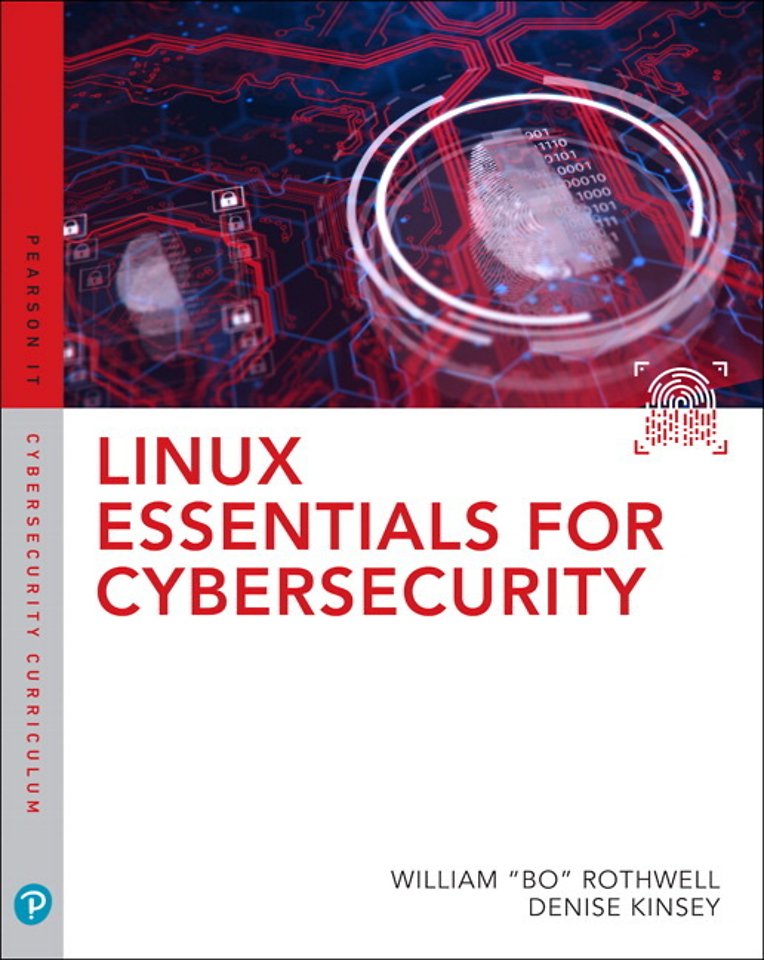Linux Essentials for Cybersecurity
Paperback Engels 2018 9780789759351Samenvatting
Linux distributions are widely used to support mission-critical applications and manage crucial data. But safeguarding modern Linux systems is complex, and many Linux texts have inadequate or outdated security coverage.
Linux Essentials for Cybersecurity is a complete solution. Leading Linux certification and security experts William “Bo” Rothwell and Dr. Denise Kinsey introduce Linux with the primary goal of enforcing and troubleshooting security. Their practical approach will help students learn how to protect systems, even if one or more layers are penetrated.
First, they’ll learn how to install Linux to achieve optimal security upfront, even if they have no Linux experience. Next, they’ll master best practices for securely administering accounts, devices, services, processes, data, and networks. Then, they’ll master powerful tools and automated scripting techniques for footprinting, penetration testing, threat detection, logging, auditing, software management, and more.
Specificaties
Lezersrecensies
Inhoudsopgave
Rubrieken
- advisering
- algemeen management
- coaching en trainen
- communicatie en media
- economie
- financieel management
- inkoop en logistiek
- internet en social media
- it-management / ict
- juridisch
- leiderschap
- marketing
- mens en maatschappij
- non-profit
- ondernemen
- organisatiekunde
- personal finance
- personeelsmanagement
- persoonlijke effectiviteit
- projectmanagement
- psychologie
- reclame en verkoop
- strategisch management
- verandermanagement
- werk en loopbaan

